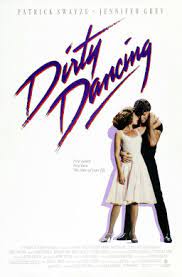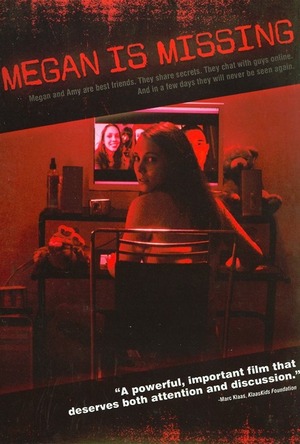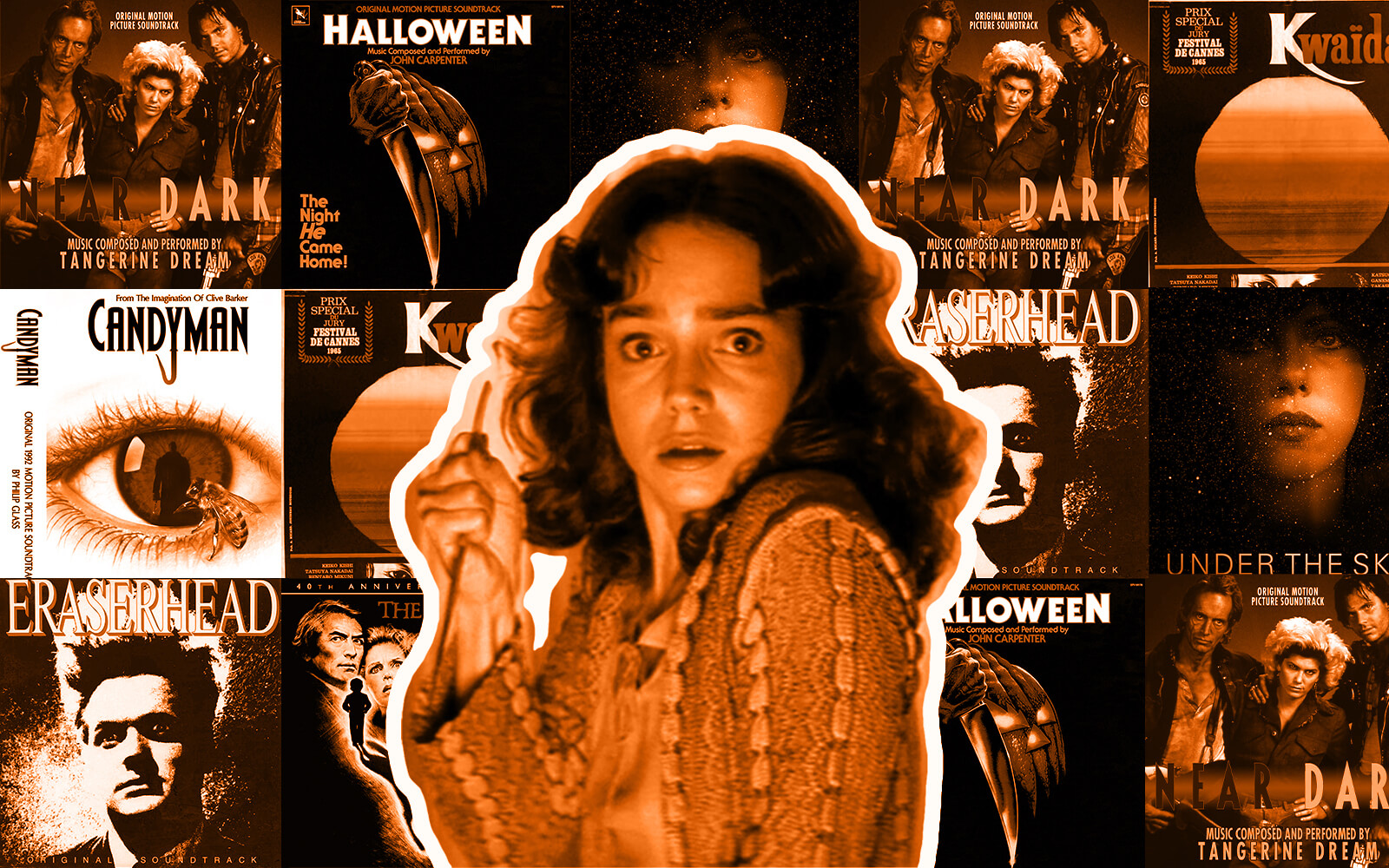Genre Research: Romance
The genre we will first be highlighting is Romance. This blog will discuss the common CLAMPS, CAMS, Editing, and Sounds featured in this genre. Highlighting the conventions and styles of executing this genre.
Romances, like all other film genres, employ a variety of points of view and narration to develop characters, convey emotions, and create a captivating tale of love. The following are typical angles and shots that tend to appear in romance movies:
Extreme Close-Up: This image, which focuses on a single, minute detail, frequently captures the characters' delicate facial expressions or emotions in their eyes.
Close-Up: Used to draw attention to facial expressions, especially in private or to highlight the bond between characters.
A Medium close-up (MCU) captures the characters' emotional responses during a discussion or intimate moment by framing them from the chest or shoulders up.
Characters are shown from the waist up in a medium shot (MS), which is frequently employed in conversations and other situations when the emotional ties between the characters are highlighted.
CLAMPS - For the romance genre, lighting and costumes are crucial for representing this title. In movies of all genres, romance included, lighting, and costumes are crucial components. These elements are essential to the romance genre's ability to portray feelings, create an atmosphere, and improve the story's aesthetic appeal.
Costume: The selection of costumes aids in establishing the characters' personalities as well as the period and cultural milieu. Costumes may be used in romantic films to create a visually stunning and engaging atmosphere in films set in various eras or locations.
Lighting: A certain ambiance can be created with the correct lighting. Romance is typically linked to warm, soft lighting that fosters a romantic, cozy ambiance. It adds to the general mood of the movie and shapes the way viewers view the love tale.





Comments
Post a Comment